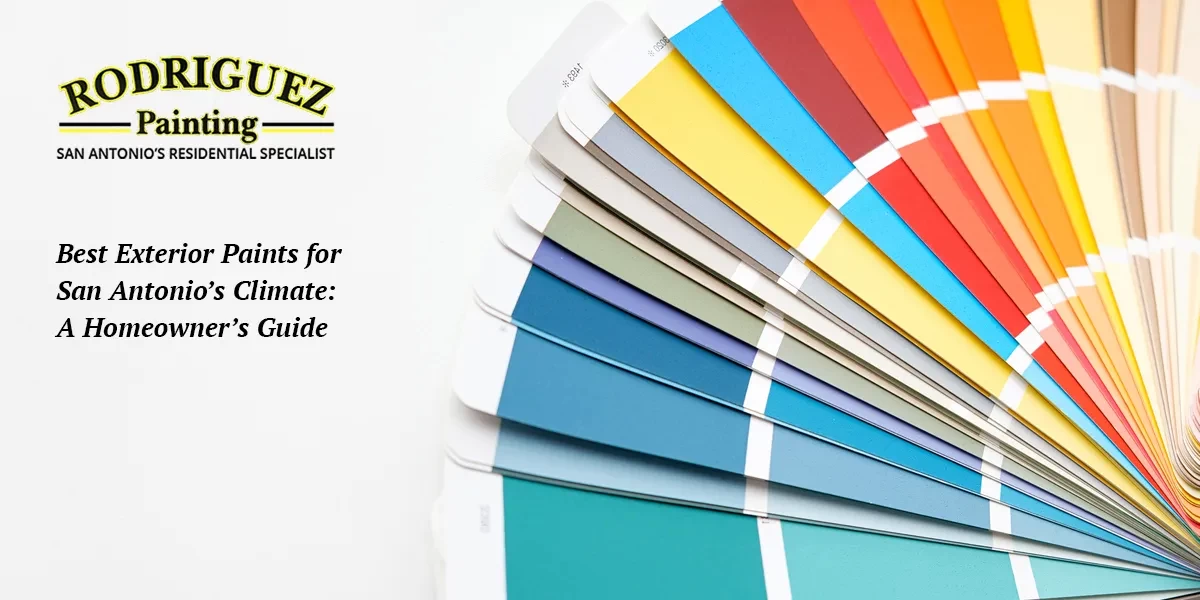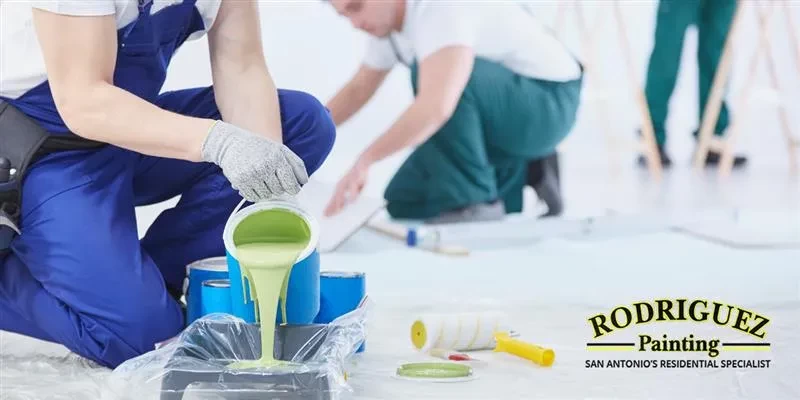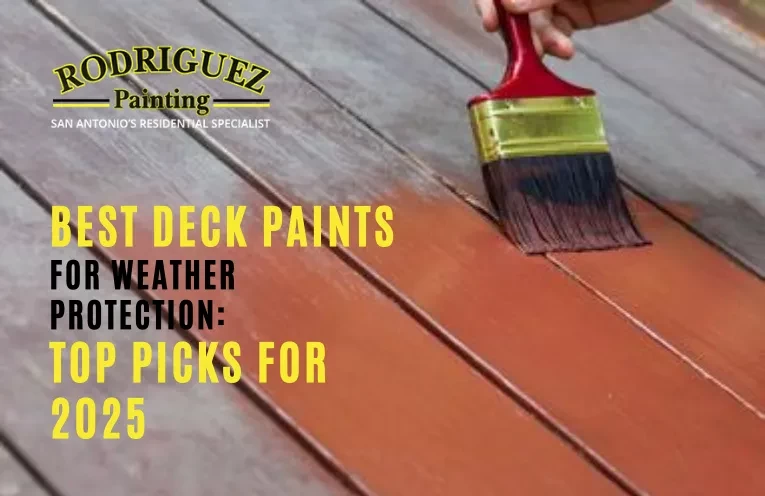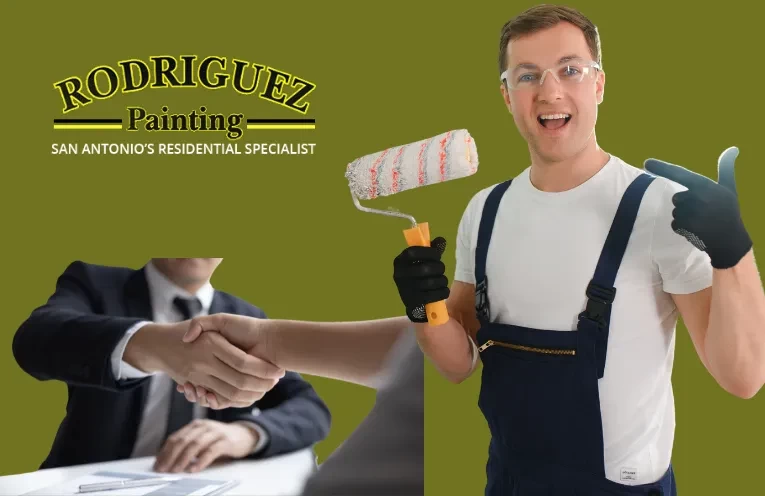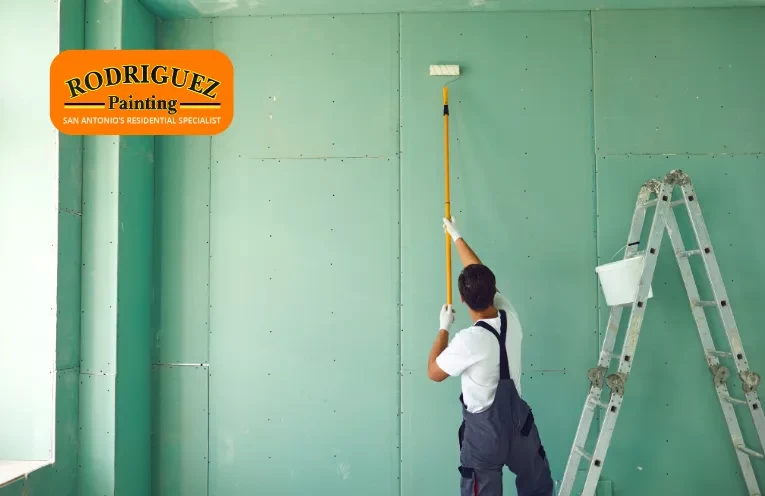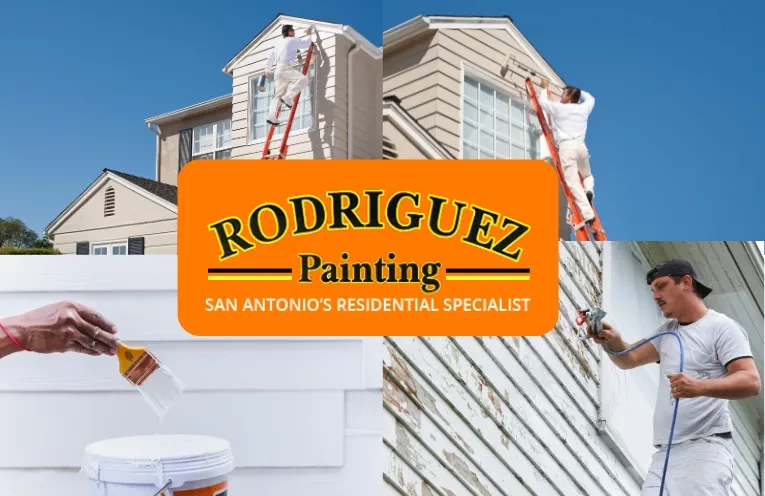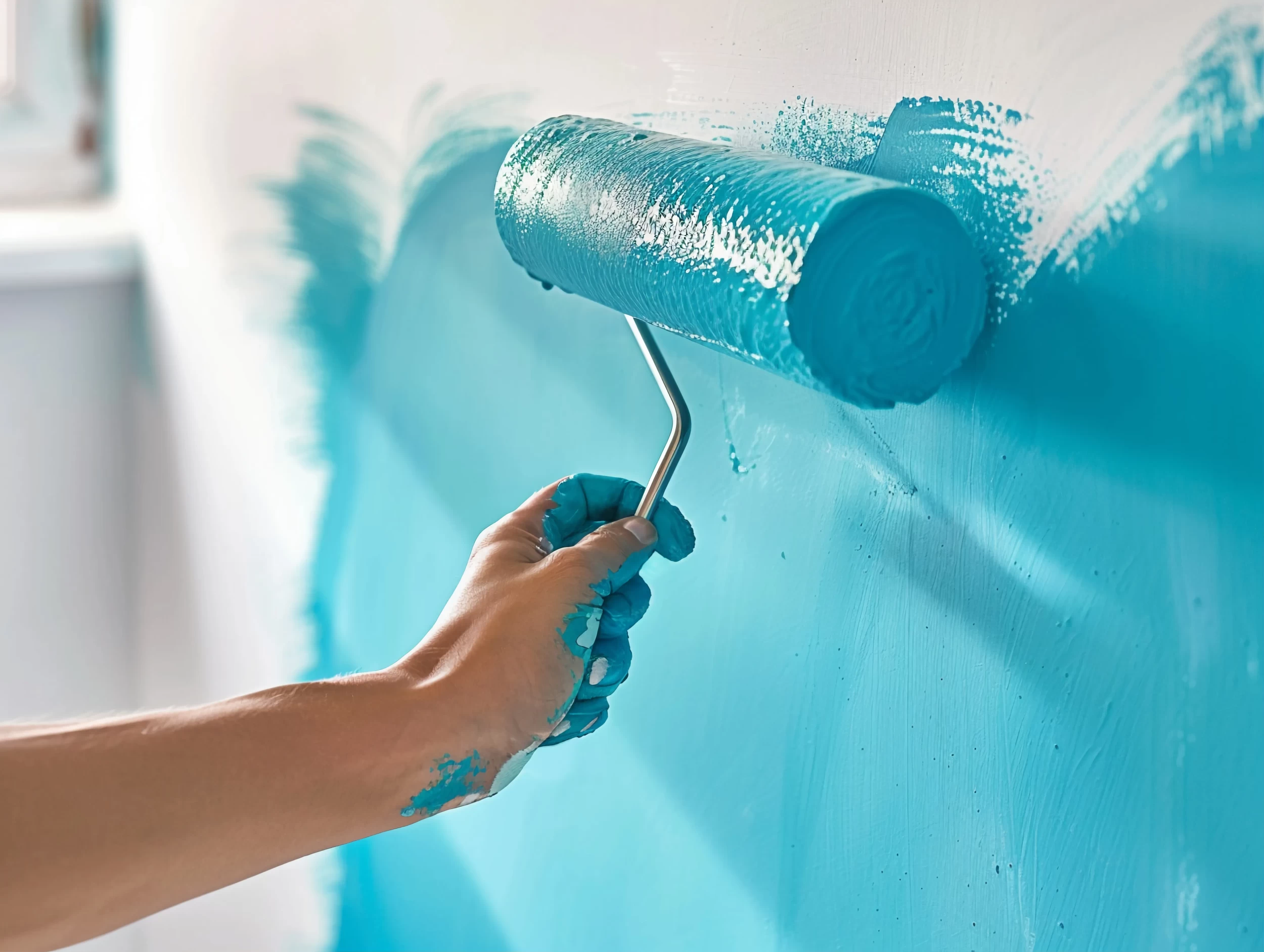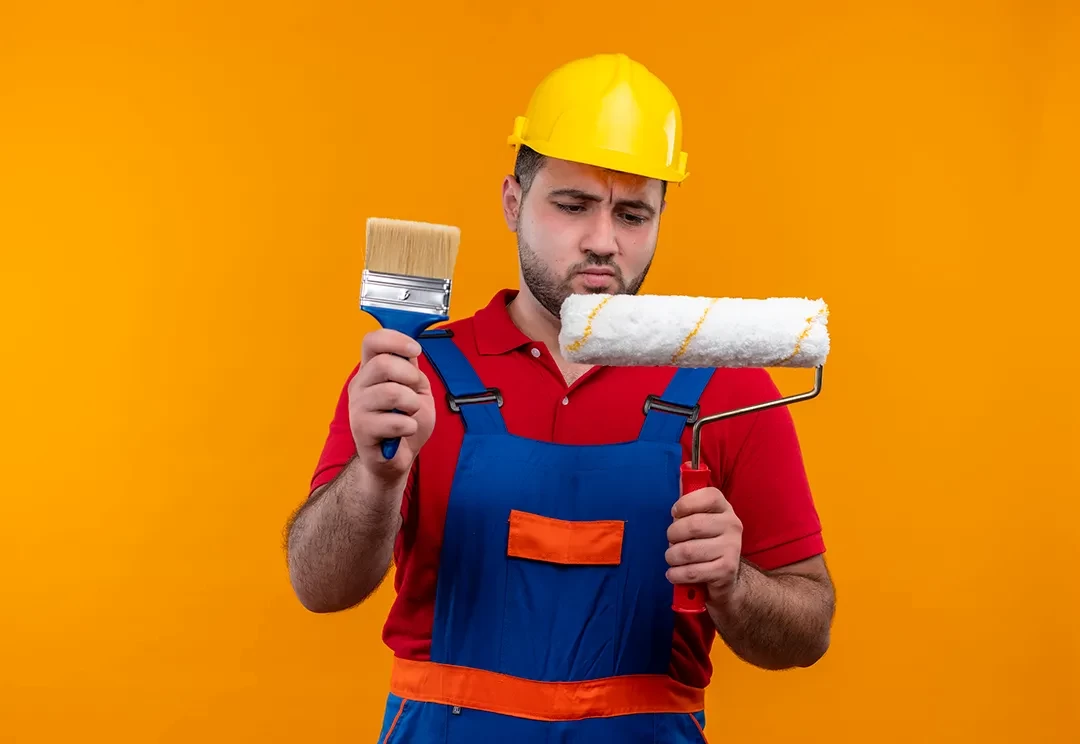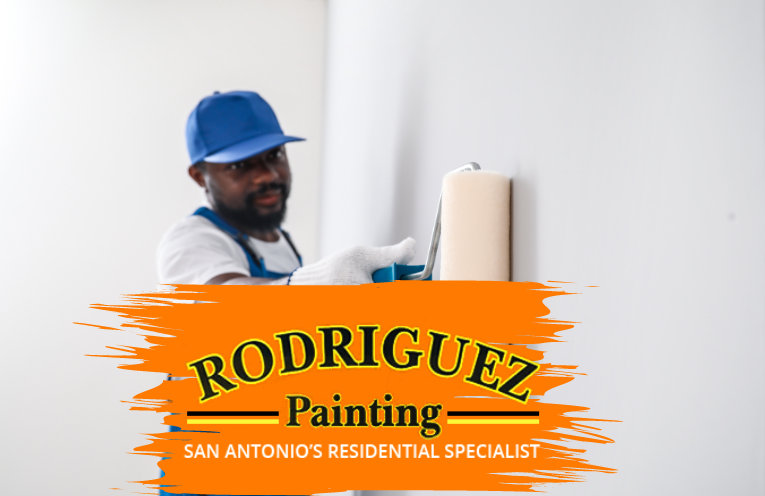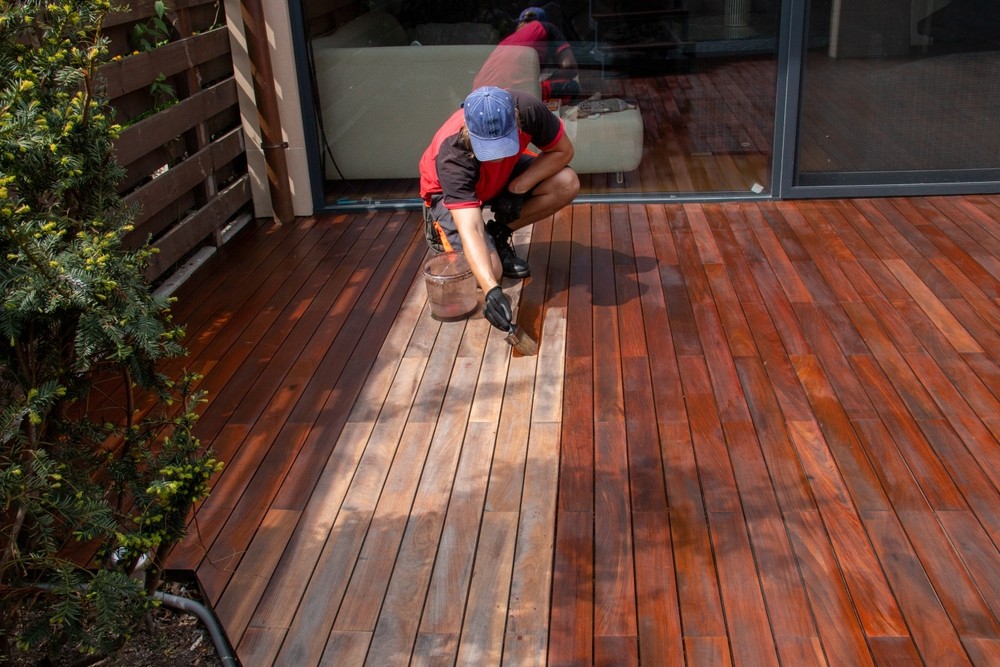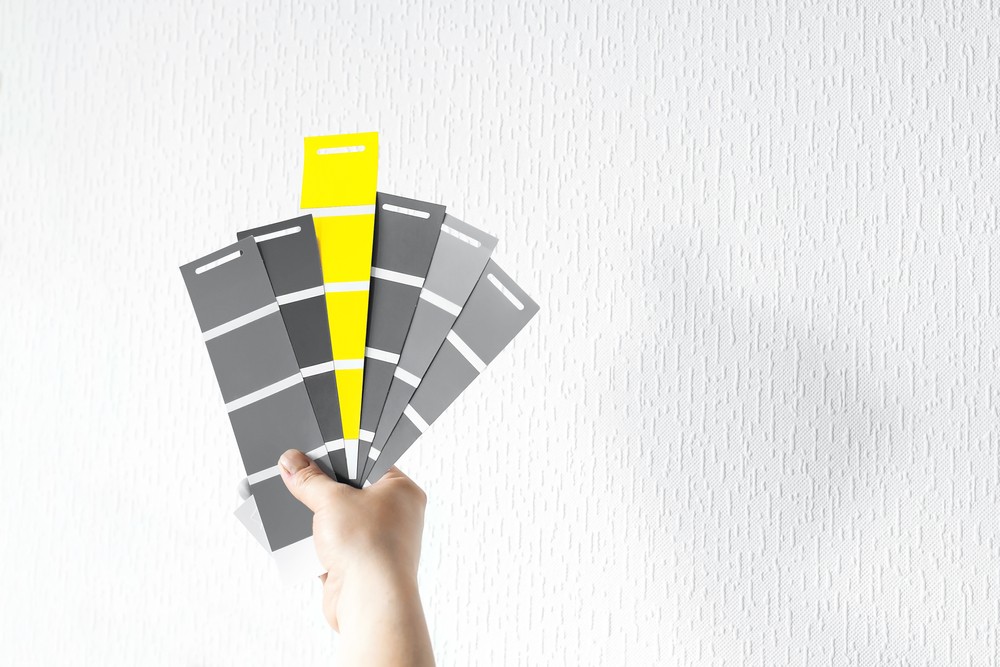
The field of commercial coatings is undergoing a remarkable transformation, driven by a combination of innovative technologies and shifting consumer preferences. In this article, we will delve into the key trends shaping the industry and influencing the choices of both manufacturers and consumers. With a growing emphasis on sustainability, performance, and functionality, commercial coatings are set to redefine the way we protect and enhance our surroundings.
Trend 1: Sustainability Takes Center Stage
In recent years, the commercial coatings industry has witnessed a significant shift towards sustainability. This trend is driven by the increasing awareness of environmental issues and the need for responsible practices in the manufacturing and application of coatings.
Eco-friendly formulations
One of the most prominent aspects of this sustainability drive is the rising demand for eco-friendly coatings. Low-VOC (Volatile Organic Compound) and bio-based paints have gained immense popularity due to their reduced environmental impact. Low-VOC paints release fewer harmful chemicals into the air, improving indoor air quality and contributing to healthier living and working spaces. These formulations not only benefit the environment but also comply with stringent regulations aimed at reducing emissions.
Circular economy
The coatings industry is also embracing the concept of a circular economy. This entails creating closed-loop systems that minimize waste and resource consumption. In this context, recycling and upcycling of paint waste have become pivotal practices. Manufacturers are developing methods to reprocess and reuse discarded paint, reducing the burden on landfills and conserving valuable resources.
Self-healing coatings
Another fascinating development in the world of commercial coatings is the emergence of self-healing paints. These innovative coatings contain microscopic capsules of a healing agent that can repair minor scratches and damage over time. This not only prolongs the lifespan of painted surfaces but also reduces maintenance costs and minimizes the need for repainting. Self-healing coatings are a testament to the industry's commitment to sustainability, as they contribute to the preservation of resources and the reduction of waste associated with frequent repaints.
Trend 2: Performance Redefined
The world of commercial coatings is not only becoming more sustainable but is also witnessing a revolution in performance capabilities. This evolution is driven by advancements in technology and materials, as well as the ever-increasing demands of industries and consumers.
Smart coatings
A notable trend in the coatings industry is the rise of smart coatings. These coatings come embedded with intelligent properties that go beyond mere aesthetics and protection. Self-cleaning coatings, for example, have the ability to repel dirt and stains, keeping surfaces looking pristine. Anti-fouling coatings prevent the accumulation of marine organisms on ship hulls, reducing drag and fuel consumption. Anti-microbial coatings, especially important in healthcare settings, inhibit the growth of harmful microorganisms on surfaces. These intelligent coatings not only enhance the performance of painted surfaces but also contribute to health and hygiene, making them highly desirable in various applications.
Nanotechnology
Another game-changing trend is the integration of nanotechnology into coatings. Nanomaterials, with their incredibly small size and unique properties, are being harnessed to improve durability, thermal insulation, and fire resistance. By incorporating nanoparticles into coatings, manufacturers can create ultra-thin yet highly effective protective layers. This not only enhances the longevity of painted surfaces but also improves their resistance to extreme conditions, making them invaluable in sectors such as construction and aerospace.
Hyper-functional coatings
Coatings are no longer limited to providing just color and protection. Hyper-functional coatings are designed with specific functionalities in mind. Anti-corrosion coatings, for instance, are crucial in industries exposed to harsh environments, such as offshore drilling. Coatings with electrical conductivity find applications in the electronics and automotive sectors. Color-changing coatings, often used for aesthetic and marketing purposes, can transform the appearance of products or surfaces. These coatings cater to the specialized needs of various industries, allowing for greater versatility and customization.
Trend 3: Application Revolution
The way coatings are applied is also undergoing a significant transformation, thanks to advancements in automation, digital technology, and 3D printing.
Automation in painting
Robotic painting systems are gaining prominence in the coatings industry. These systems offer improved efficiency, precision, and worker safety. Robots can handle intricate patterns and large surfaces with ease, reducing the likelihood of human error. Additionally, automation allows for the precise control of coating thickness and uniformity, resulting in higher-quality finishes. As automation continues to evolve, it is likely to become a standard practice in commercial painting.
Digital color matching
The use of artificial intelligence and color-matching technologies is revolutionizing the way coatings are formulated and applied. Digital color-matching systems can accurately reproduce specific colors, ensuring consistent results across different batches and surfaces. This technology is particularly valuable in industries where color accuracy is critical, such as automotive manufacturing and interior design. It streamlines the color selection process, reduces waste, and enhances customer satisfaction.
3D printing in coatings
The integration of 3D printing technology into coatings represents a groundbreaking development. 3D printing allows for the creation of customized and textured coatings that were previously difficult to achieve using traditional methods. This innovation opens up new possibilities in design and aesthetics, enabling architects, designers, and manufacturers to create unique and visually striking surfaces.



